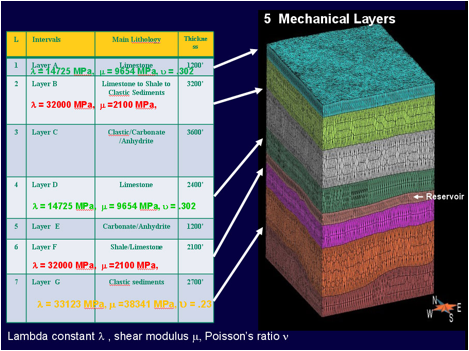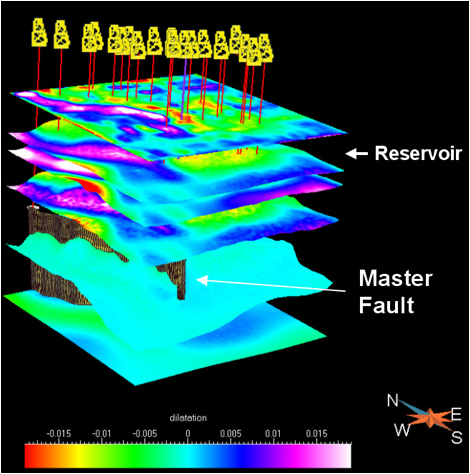AmericanChemicalSociety.com
Reports: AC8 48385-AC8: New Approaches to 3D Structural Restorations Using Mechanical Constraints for Improved Petroleum Trap and Reservoir Characterizations
John H. Shaw, Harvard University
The elastic constitutive laws employed in the restorations are simple approximations of the naturally complex deformation processes that govern the growth of geologic structures. Thus, in the first year of our study, we rigorously benchmarked these new methods by restoring a series of mechanical forward models developed with the discrete element method (DEM). These DEM models generate complex structures similar in many respects to natural systems, yet we know the full displacement, strain, and stress fields for these mechanical models. Applying the restoration methods to these forward models gave us an ability to assess quantitatively how well the restoration technique performs in describing complex deformations.
This past year's efforts focused on applying these restoration techniques to natural petroleum traps, and comparing strain patterns derived from the restoration with geophysical attributes and geologic observations that help to constrain reservoir properties such as fracture density. In these efforts, we have collaborated with the Nancy School of Geology and a number of industry sponsors, including Saudi Aramco, Chevron, and ExxonMobil. Our current project areas include fields in California, China, the Caspian Sea, and the Arabian Peninsula.

Copyright © American Chemical Society


